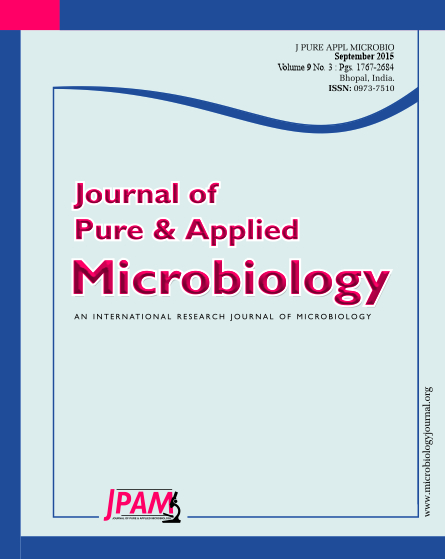To evaluate the Multiplex Allele Specific-Polymerase Chain Reaction (MAS-PCR) assay for the detection of katGS315T mutations in Mycobacterium tuberculosis (MTB) clinical isolates. Totally, 78 MTB clinical isolates were analyzed by conventional Lowenstein–Jensen (LJ), BACTEC MGIT-960TM liquid cultures, MAS-PCR, PCR-Restriction Fragment Length Polymorphism (PCR-RFLP) and DNA sequencing methods. Fifty one (65.4%) out of 78 isolates were drug resistant, and 27 isolates (34.6%) were drug susceptible. MAS-PCR assay identified katG315 mutations in 47 (60.2%) isolates, in which 41 (52.5%) isolates had mutation at codon S315T (AGC®ACC), 6 (7.7%) isolates had mutation at codon S315N (AGC®AAC), and none of the 27 susceptible isolates had mutation. Concordant result was obtained by PCR-RFLP and DNA sequencing method was used further to validate the results obtained by MAS-PCR and PCR-RFLP assays. Novel mutations were found at G305V (GGC®GTC) and Q295P (CAG®CCG) codons in combination with S315T codon in 5 (6.4%) and 4 (5.1%) drug resistant strains respectively. katGS315T was the frequently mutated codon of katG gene in M. tuberculosis isolates, which can be used as a marker of choice for direct detection of isoniazid resistance by MAS-PCR assay in regions where katGS315T codon mutation is predominant among drug resistant isolates.
Mycobacterium tuberculosis, Multi drug resistance, katG, multiplex-PCR, PCR-RFLP, Isoniazid resistance
© The Author(s) 2015. Open Access. This article is distributed under the terms of the Creative Commons Attribution 4.0 International License which permits unrestricted use, sharing, distribution, and reproduction in any medium, provided you give appropriate credit to the original author(s) and the source, provide a link to the Creative Commons license, and indicate if changes were made.


